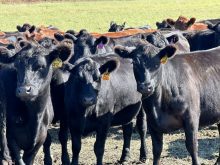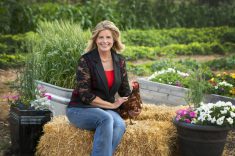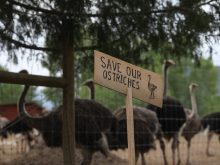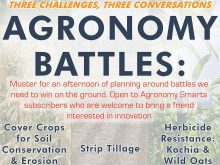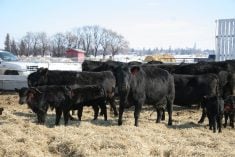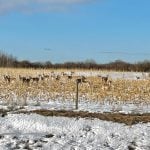Whether it’s combating disease or finding ways to boost yields, sound science and inquiring minds move farming forward
Most farm issues attract a range of differing views, but virtually everyone agrees that research is the bedrock of Canadian agriculture, and more is needed. Reporters Alexis Kienlen and Jennifer Blair provided coverage from across the province in 2013 and offer a pair of their most memorable stories.
Not forgotten
A decade later, everyone in the livestock sector remembers May 20, 2003 — the day it was announced an Alberta cow had tested positive for BSE.
Stephanie Czub was the scientist who confirmed that case.
It was “a career- and life-changing experience for me and for the farmers,” Czub said at a gathering last May to commemorate that fateful day.
Read Also
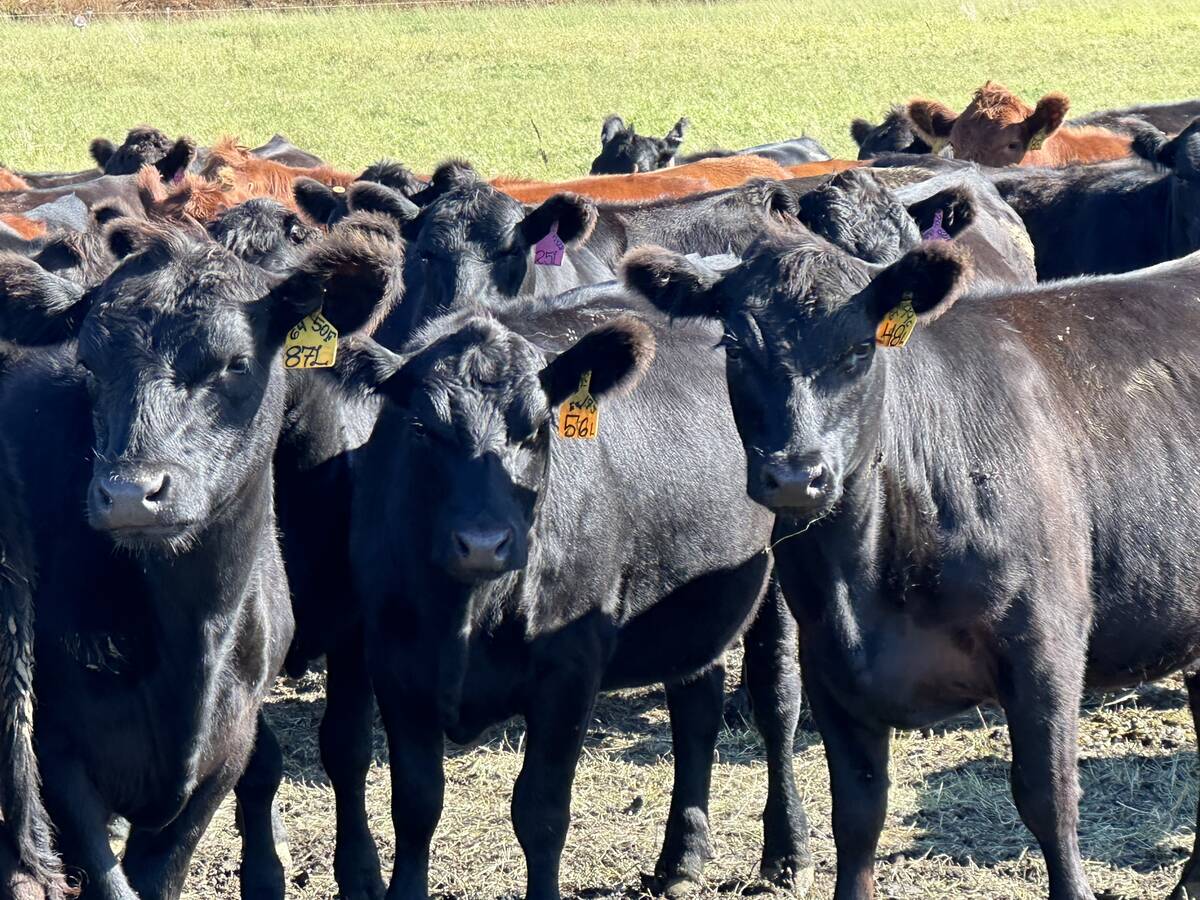
Want to track the cattle industry? Follow the heifers
Beef specialists examine key indicators in Canadian market for growth patterns in cattle markets
Fortunately, there has been a significant decrease in the number of cases of BSE over the last 10 years, with no new cases found in Alberta in 2012, said Czub, now head of the prion, pathology, virology and wildlife disease units at the CFIA laboratory in Lethbridge.
But BSE research continues to be as important as ever, she said.
Scientists have discovered a new form of the fatal neurodegenerative disease called “atypical BSE.” It’s not known if it is related to feeding contaminated feed, and may occur sporadically among older cattle. It also infects more rapidly because unlike classical BSE, which grows slowly and intermittently, this new variant grows continually.
The past year finally saw Japan ease its restrictions on Canadian beef, when it began allowing cattle under 30 months of age (versus 21 months previously).
It was a good news story, but the work of Czub and others is a reminder that ongoing research and constant vigilance is a must.
— Alexis Kienlen
Bin busters
Alberta researchers have their own version of “Own the Podium” — only they’re going for outrageously high yields instead of Olympic gold.
In wheat trials conducted at three sites in Alberta, the goal was to reach 150 bushels an acre. Barr-head came close at 148 bushels per acre, but Lacombe took top spot with a whopping 151 bushels.
Of course, farmers don’t have an unlimited budget for inputs but the Wheat 150 project provided insight into what gives the biggest bang for your buck. In this case, dual fungicide application was the “real winner,” said research scientist Sheri Strydhorst.
Timely application was key. Applying both Headline fungicide at the flag-leaf stage and Prosaro fungicide at head emergence gave the biggest yield boost, she said.
But it was worth the effort and expense.
“At Barrhead with those yield increases that we’re seeing with the dual fungicide less the cost of applying it, we’re seeing a return of $111 per acre,” said Strydhorst. “At Lacombe, because we did have the slightly higher yields, the return was $144 per acre. It’s a really wonderful return with these dual fungicide applications.”
Researchers in the Barley 180 were interested in plant growth regulators and nitrogen as well as fungicide applications. They didn’t reach their 180-bushel-an-acre target but managed a hefty 156 in one trial by using all three.
Plant growth regulators are going to be a topic of discussion in coming years, predicted agronomist Steve Larocque.
You have to precisely time their application, which makes them “finicky” to use, covering a lot of acres would be a big challenge, he said.
But their ability to shorten the height of the crop and prevent lodging makes them worthy of more investigation, he said.
“There’s really good promise in it,” Larocque said. “I’m not going to say there’s no risk involved, but it’s something we need to figure out how to use going forward.”
— Jennifer Blair


